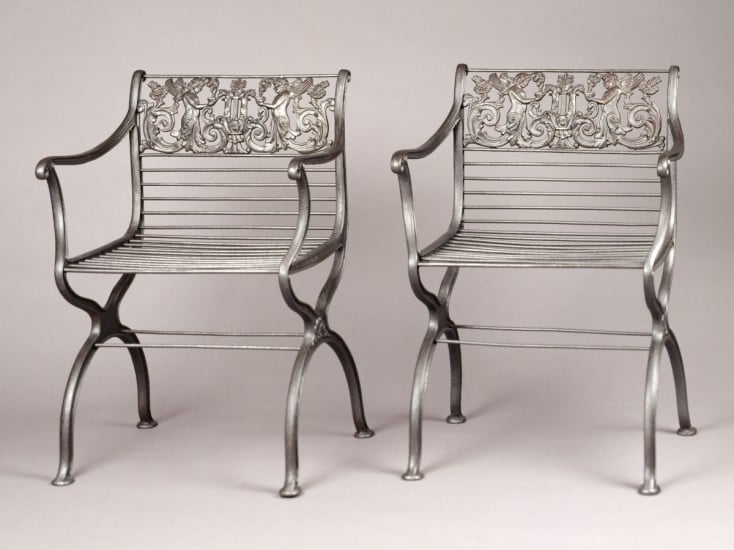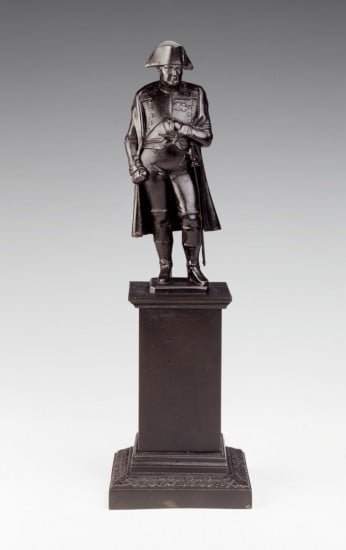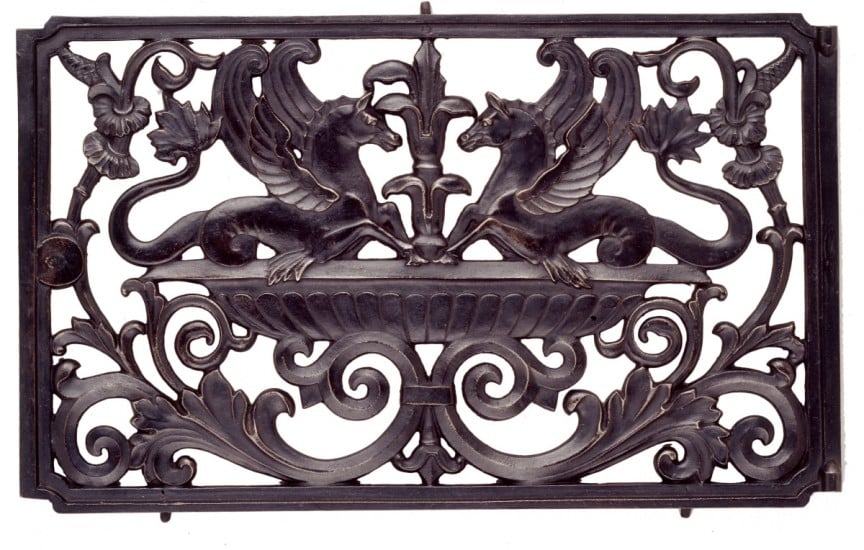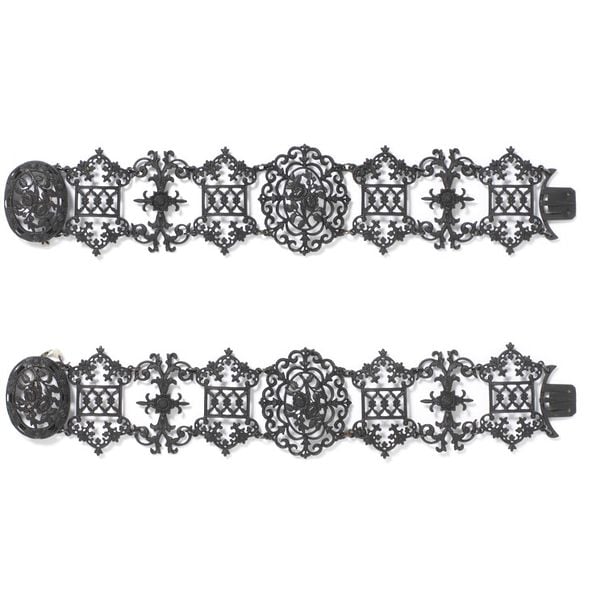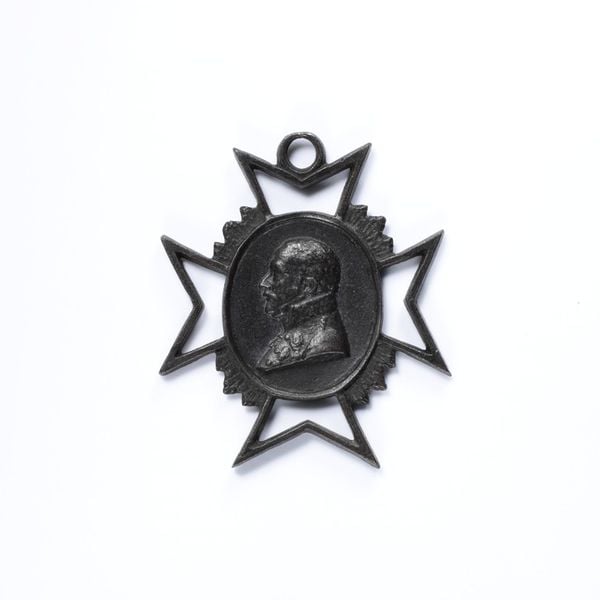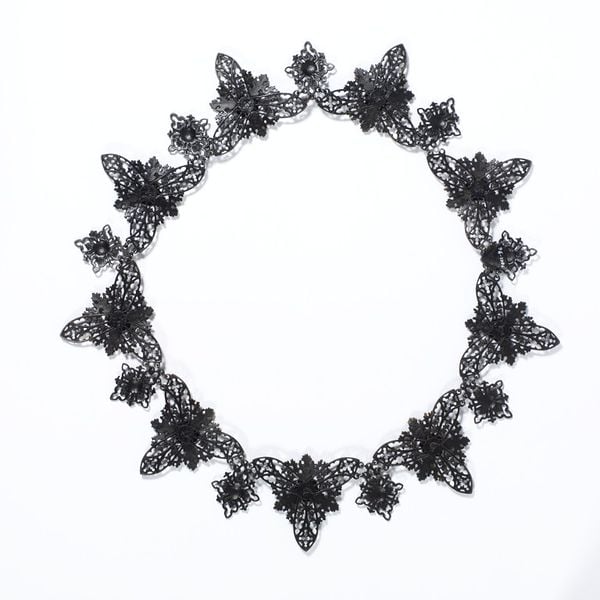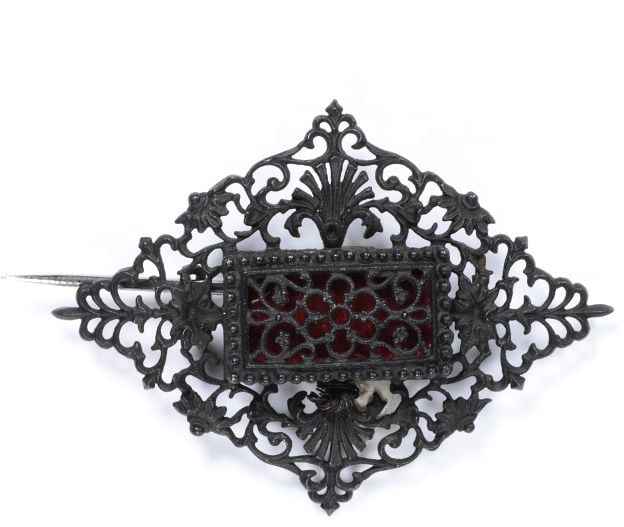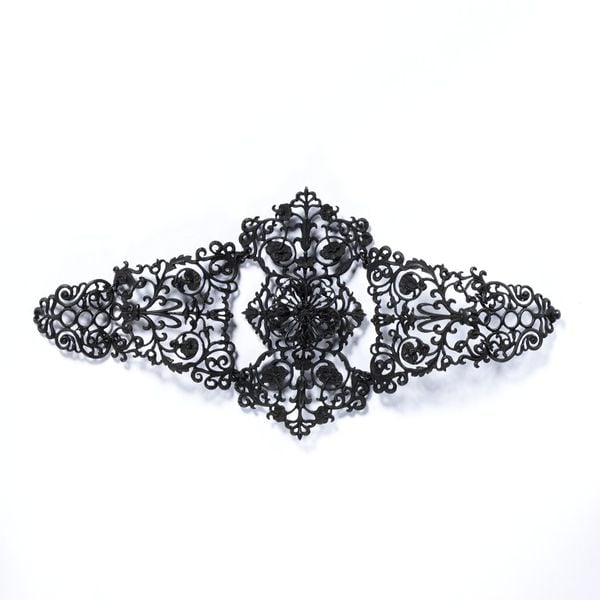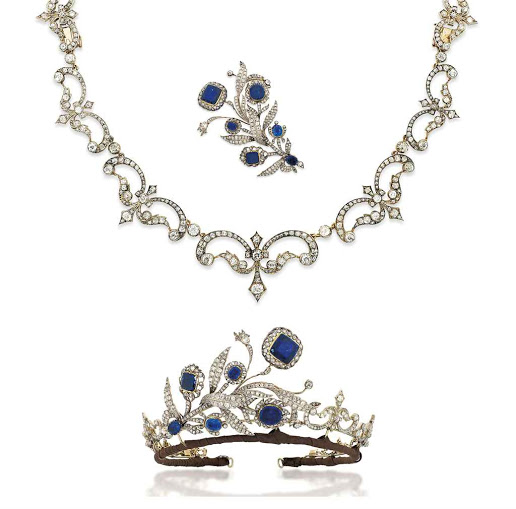The Williamson Diamond Brooch
/The Williamson Diamond brooch. The Williamson Diamond discovered in October 1947 at the Mwadui mine in Tanganyika, owned by the Canadian geologist and royalist Dr John Thoburn Williamson, for whom the diamond was named.
The 54.5 carat uncut stone, was presented by Dr Williamson, as a wedding present to the (then) Princess Elizabeth in 1947.
The firm of Briefel and Lemer of Clerkenwell were entrusted with cutting the diamond and subsequently turned the rough into a 23.6-carat round brilliant, a cut that was chosen to show off its rose color.
Queen Mary and Princess Elizabeth made a point of visiting the Clerkenwell based firm and inspected the work of cutting and polishing of the stone on 10 March 1948.
The pink stone was set as the center of a brooch in the form of a jonquil flower (narcissus), designed by Frederick Mew of Cartier, in 1953.
Dr Williamson also gifted 170 small brilliant-cut diamonds, 12 baguette-cut diamonds and 21 marquise diamonds, which were used to form the petals, stalk and the leaves of this brooch.
